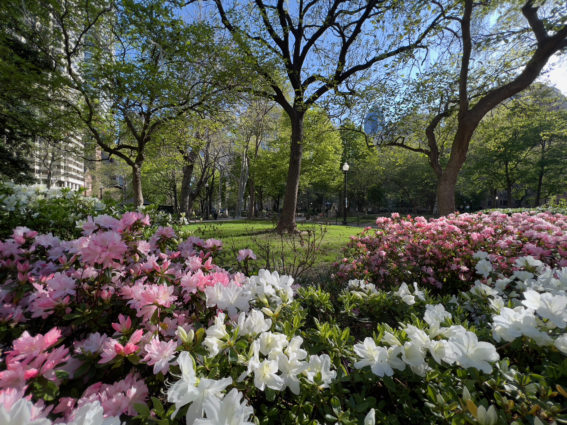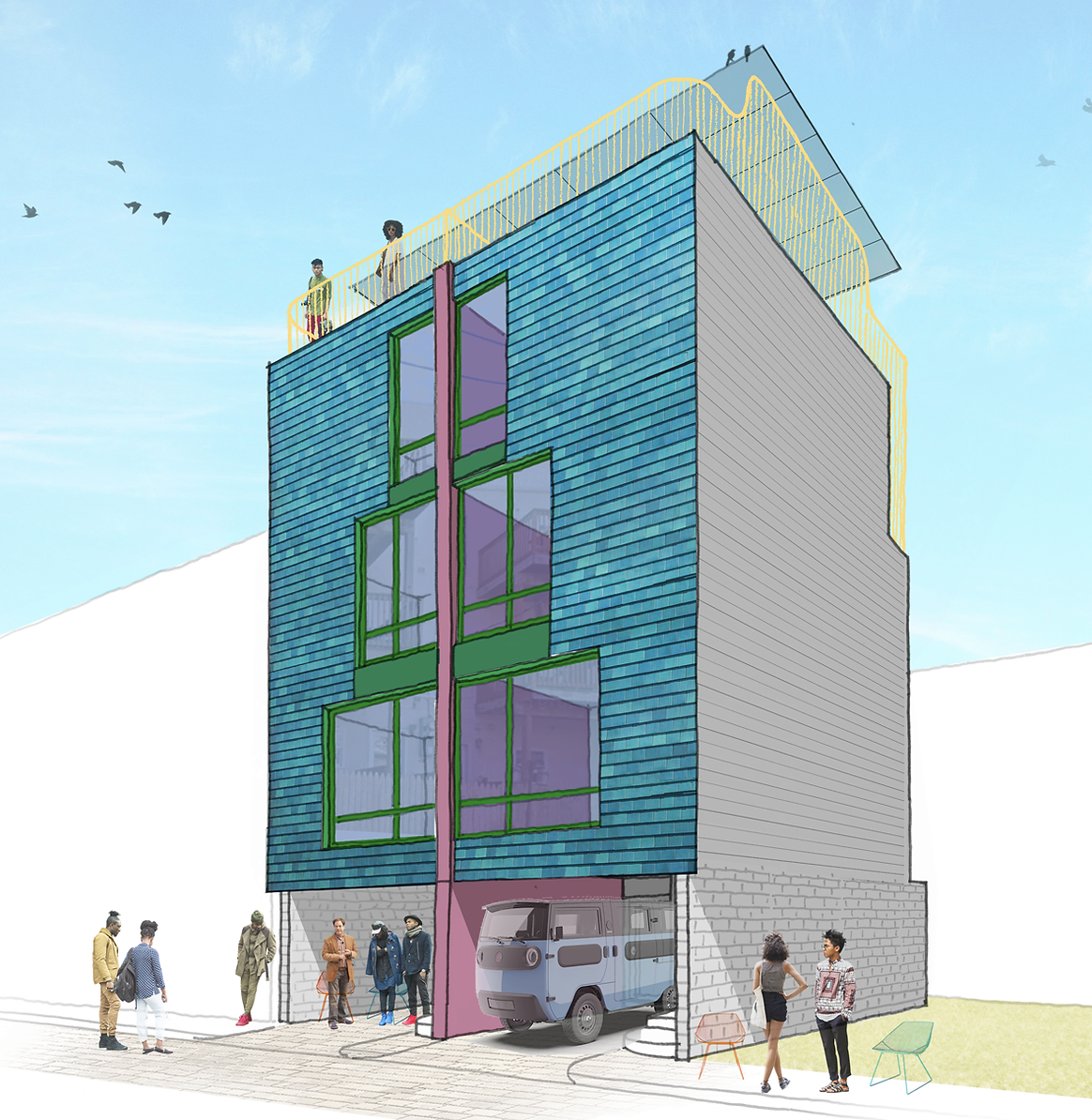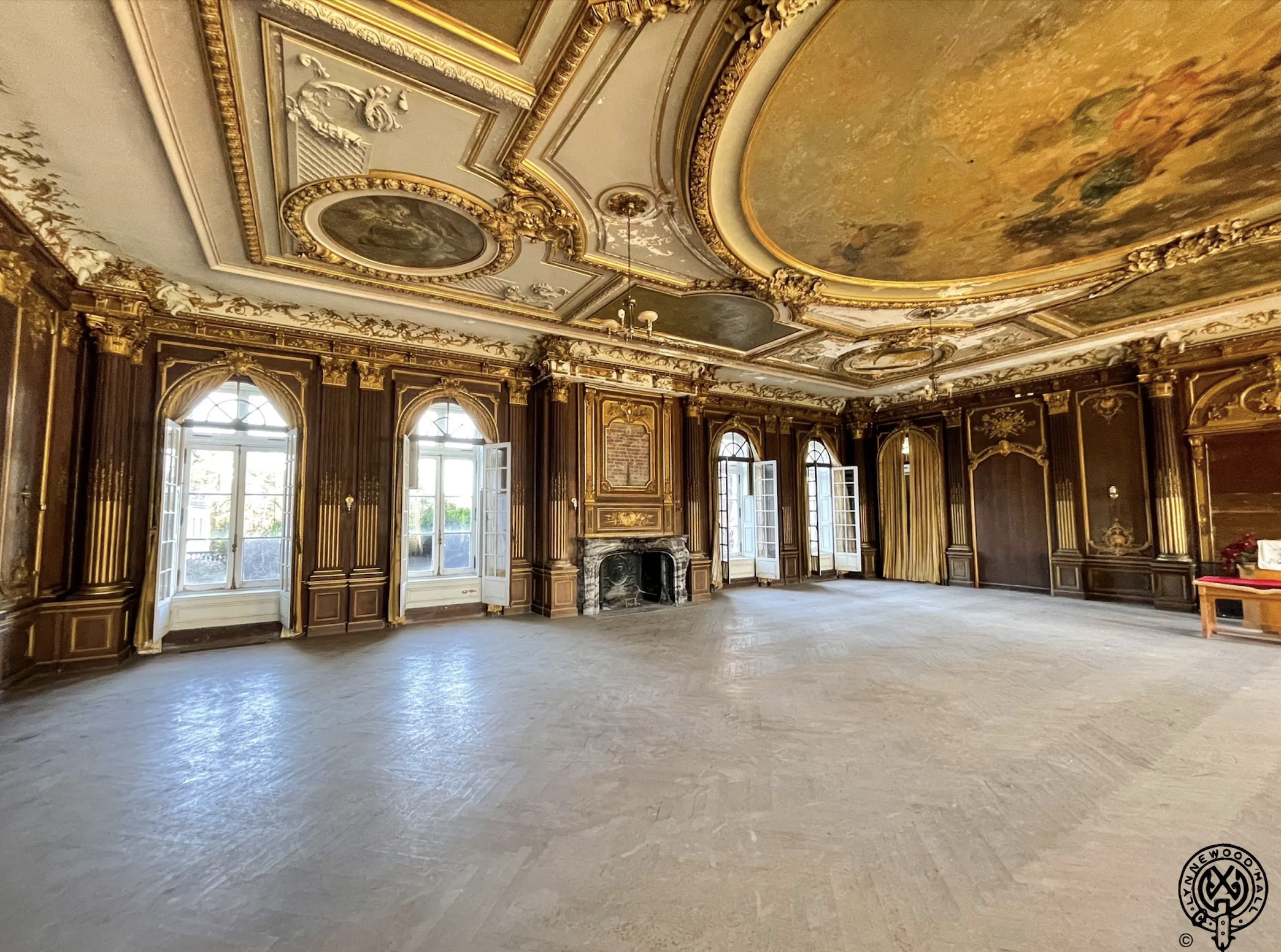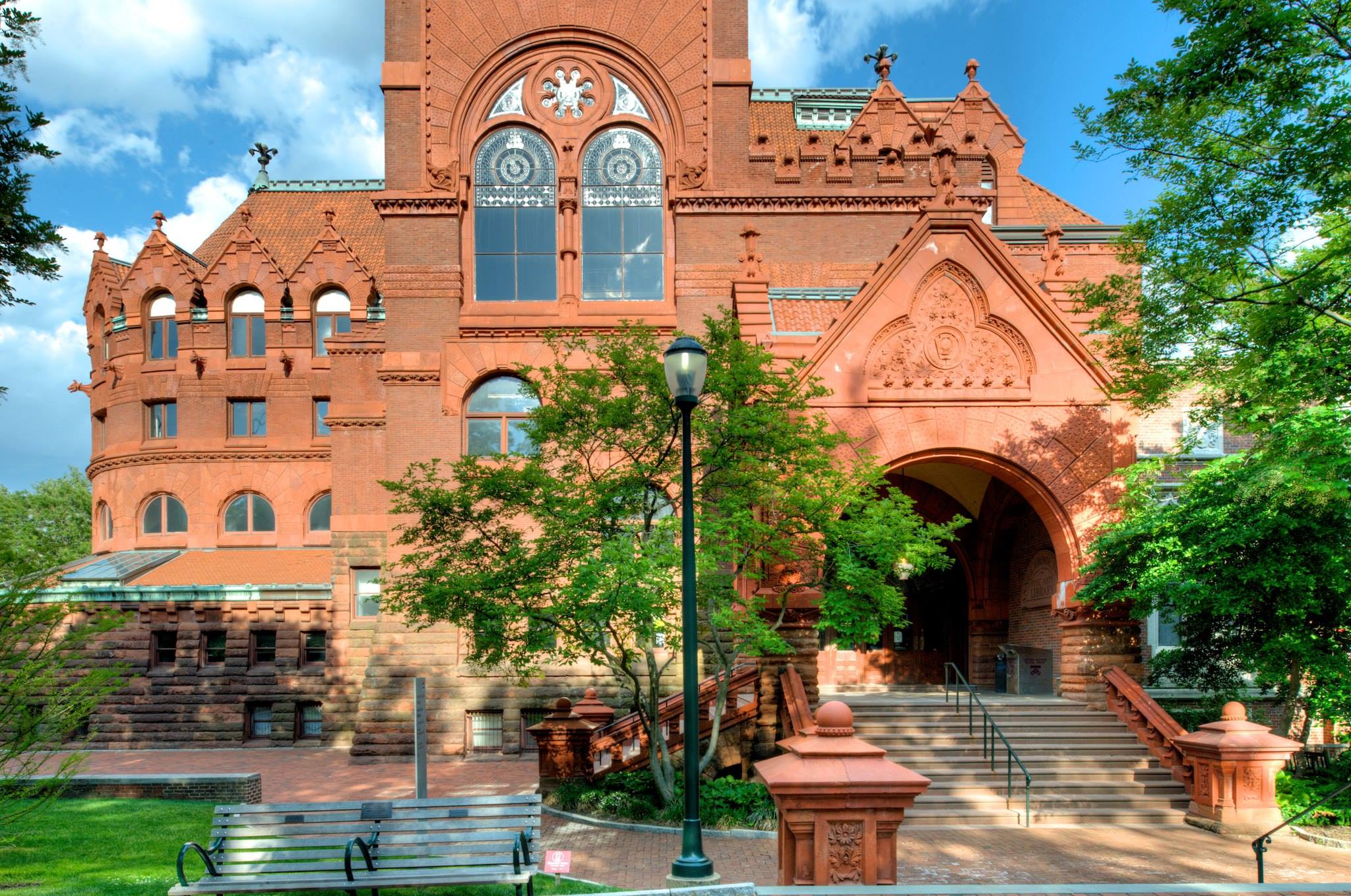architecture
Neighborhood Histories: Rittenhouse Square
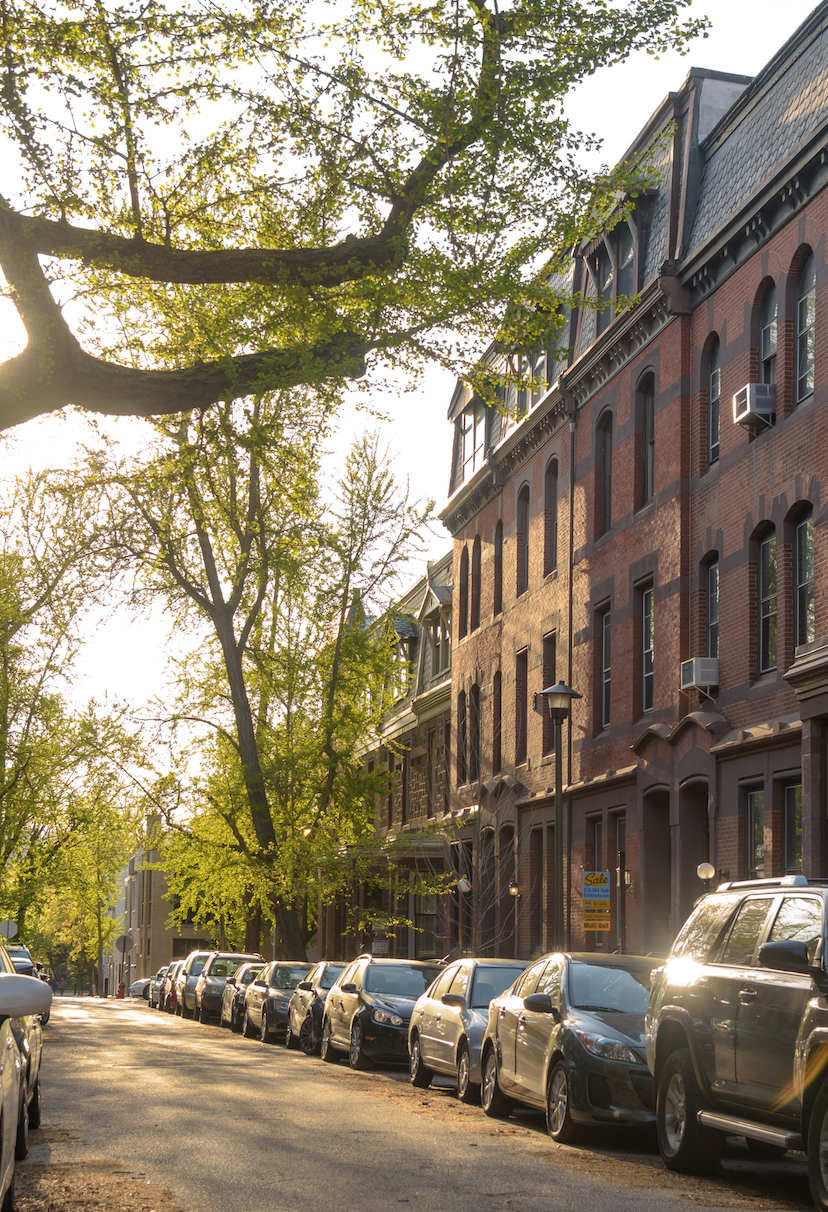
Centered around one of Philadelphia’s most beautiful and celebrated parks, the Rittenhouse Square neighborhood is synonymous with fine dining, fashion, culture, and the most desirable real estate in the City. How did it come to be this way? We looked into its past and present for answers.
Rittenhouse History
Rittenhouse Square was built in 1683 as one of William Penn’s five planned parks but it was not associated with Philly’s upper class until the mid-19th Century. It was during that time that former US Congressman James Harper erected a mansion at 1811 Walnut.
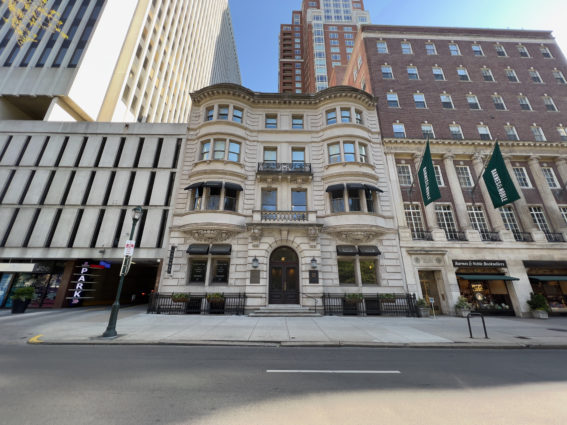
The same building later became the home of the Rittenhouse Club, a private club founded in 1875 as the Social Arts Club of Philadelphia. While the Beaux-Arts facade still remains, the interior of the building has been redone and the only trace of the club that remains at 1811 Walnut Street is the “RC” on the brass doorplates.
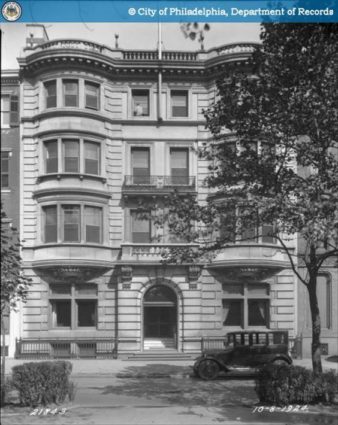
Over time, Rittenhouse Square became a magnet for the mansions of wealthy industrialists and merchants, followed by their elegant churches and private clubs. In fact, the building that now houses the Philadelphia Art Alliance was once a private mansion. The influx of wealth surrounding the Square spread outward, attracting rich merchants and industrialists to build opulent townhouses on Spruce Street, Locust, Delancy Place, and Pine Street.
In 1913, the park was redesigned by French architect Paul Philippe Cret with sculptures and fountains to resemble the gardens of Paris. The most beloved of these sculptures is the bronze Goat created by Philadelphia sculptor Albert Laessle, a focal point for children visiting the Square for generations.
This influx of wealth and architectural splendor increased the value of properties in surrounding areas, eventually resulting in the term Rittenhouse Square applying to the entire neighborhood bordered by Walnut Street to the North, South Street to the South, Broad Street to the East, and the Schuylkill River to the West.
Architectural Diversity
The Rittenhouse Square district contains a wide array of architectural styles, from 19th-century mansions, townhouses, and row houses to renovated carriage houses and contemporary homes. It also includes some of Philadelphia’s most charming streets such as Panama, Delancey Place, Chancellor, St. James, and Addison.
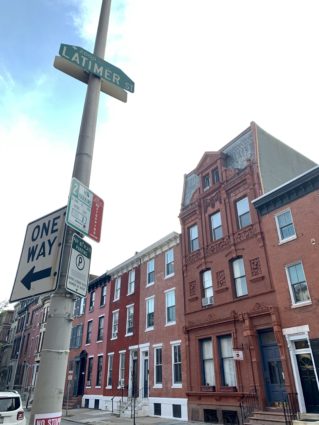
While the apartments, condos, and private homes surrounding the Square are some of the highest per sq ft in the City, just a few blocks away there is a large selection of housing at more affordable prices. For example, Solo Real Estate is now showing a spacious studio at 2124 Spruce Street and a 2 bedroom apartment at 2016 Walnut Street, located just above our office.
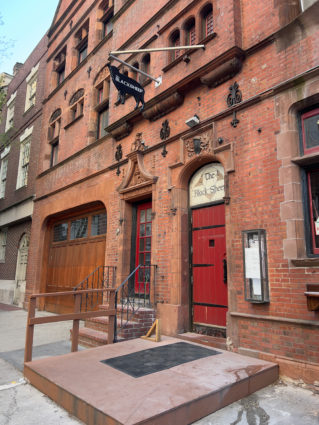
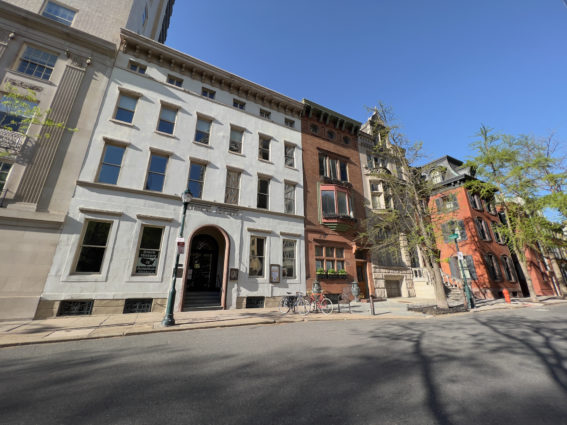
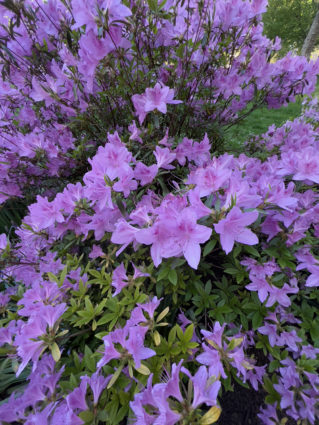
The Solo office is headquartered on the 2000 block of Chancellor Street in a tiny tree-lined historic street of converted carriage houses in the heart of Rittenhouse Square. Though we haven’t yet been able to confirm it, we suspect the Solo office was once the site of a stable which was later replaced by a four-story factory sometime in the 1920s or 1930s.
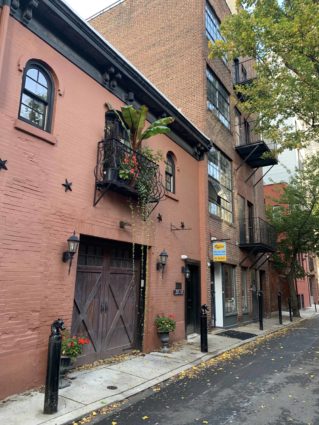
Culture
For those who call the Rittenhouse Square area home, culture is at their doorstep. They may attend a concert at the Curtis Institute of Music founded in 1924, a lecture at the Ethical Society, catch a performance at the historic Plays & Players, enjoy a Broadway musical at the Academy of Music, or a symphony at the Kimmel Center.
Other neighborhood cultural venues include the Rosenbach Museum, Academy of Vocal Arts, Chris Jazz Cafe, the Miller Theater (formerly the Mirriam Theater), and InterAct Theatre.
Fine Dining
Several of the City’s best restaurants are right on the Square, including Lacroix and Scarpetta at the Rittenhouse Hotel, Parc, and Rouge. Within walking distance, you’ll find Barclay Prime, Verrnick Food & Drink, Twenty Manning, and Charley Dove.
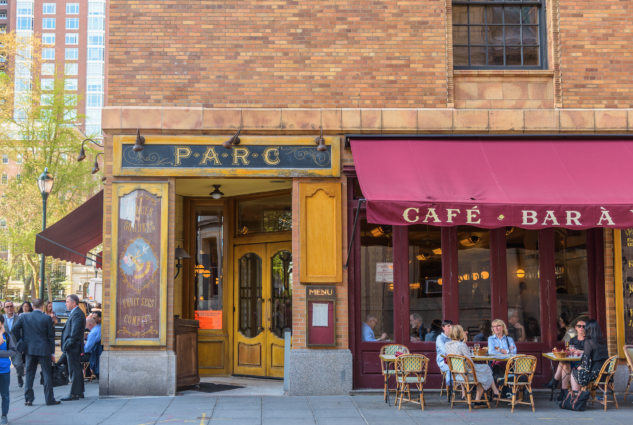
Foodies also head to DiBruno for a knockout selection of gourmet cheeses, appetizers, pastries and bread, meats, seafood, and prepared foods to eat in or take out.
Festivals
Rittenhouse Square hosts a variety of recurring festivals and events, including a Fine Arts Spring Crafts Festival, May 6-8; Rittenhouse Square Fine Art Show, June 3-5; and the Rittenhouse Row Festival, Saturday, May 21st, featuring food, fashion, arts and entertainment with live music and culinary demos along Walnut Street from the Avenue of the Arts to Rittenhouse Square. Thousands also attend the Fall Fine Craft Fair, Oct. 7-9, 2022, and the annual Rittenhouse Square Christmas Tree Lighting.
Year-round, Farm to City provides an outdoor farmers’ market on Saturdays and Tuesdays along the Walnut Street side of the Square, bringing fresh produce to City dwellers.
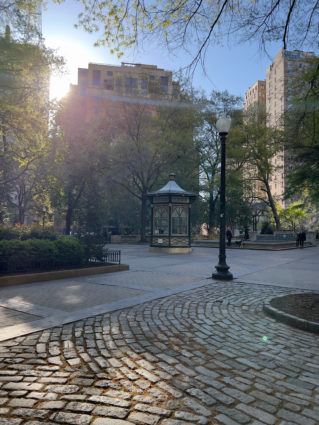
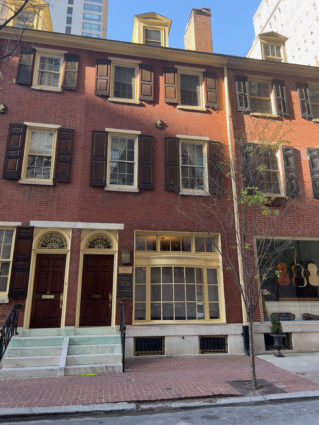
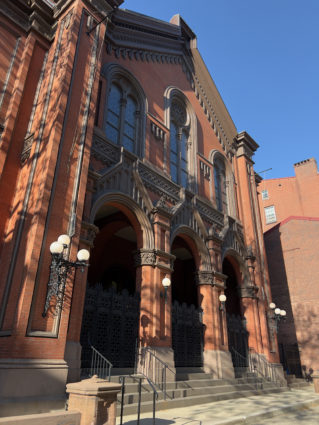
Rittenhouse Square Park Preservation
The beauty of Rittenhouse Square Park is due largely to the efforts of Friends of Rittenhouse Square, created in 1976 with a mission to preserve, protect, and beautify the park in partnership with Philadelphia Parks & Recreation. Landscaping, lighting, restoration of fountains and fencing, and over one million dollars in historic restoration work —are all projects of the Friends of Rittenhouse Square. Their annual fundraising event, the Ball on The Square is a black-tie gala attended by preservationists and City Leaders.
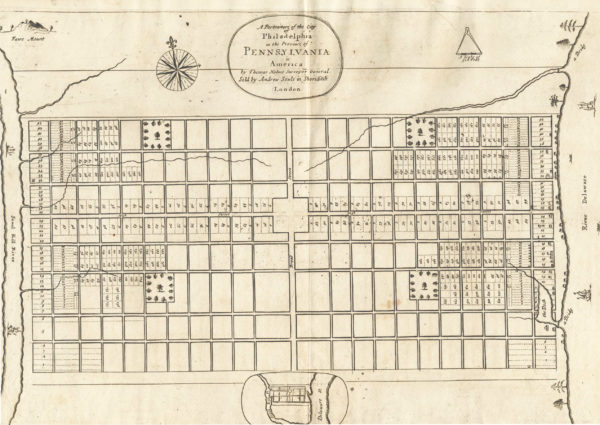
Benevolent City Planning
In retrospect, William Penn knew what he was doing. His primary objective in creating Rittenhouse Square and other Philadelphia parks was to maintain public health by setting aside green spaces to provide fresh air and avoid over-crowding associated with the spread of infectious disease. While he could not have known about Covid, his foresight gave us a beautiful, safe place to enjoy nature during the pandemic. The park also became a vibrant and integral part of the fabric of the city, as well as a pillar of this special neighborhood in the heart of Philadelphia we now call home.
